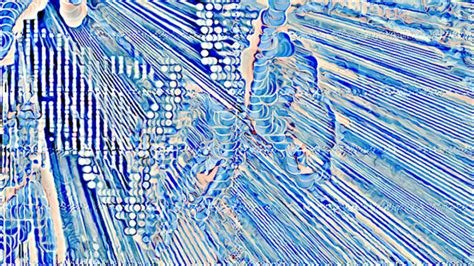Generative algorithms and their impact on NFT design
Generative Algorithms and Their Impact on NFT Design
Non-fungible tokens (NFTs) are becoming increasingly popular in the world of digital art, with artists, collectors, and digital art enthusiasts all seeking to own unique and rare digital assets. One of the key technologies driving this trend is generative algorithms, which enable machines to create original content in a wide range of forms, from visual art to music and even NFT design.
What are generative algorithms?

Generative algorithms are computer programs that use mathematical techniques to generate new data or objects based on existing patterns, rules, or constraints. These algorithms can be trained on large datasets, allowing them to learn from the patterns and relationships observed in the data. By applying generative algorithms to various fields, artists and designers can create innovative and often never-before-seen works of art.
NFT Project: A New Frontier
Artists are increasingly using generative algorithms to create unique NFTs that capture the essence of digital art. These designs can range from simple yet striking patterns to intricate and intricate compositions—all generated by AI.
One of the most well-known examples is the work of artist and designer Olafur Eliasson. In 2013, Eliasson teamed up with algorithm composer Karlheinz Stockhausen on a project called Information Art. The duo used generative algorithms to create an immersive digital environment that responded to sound waves in real time.